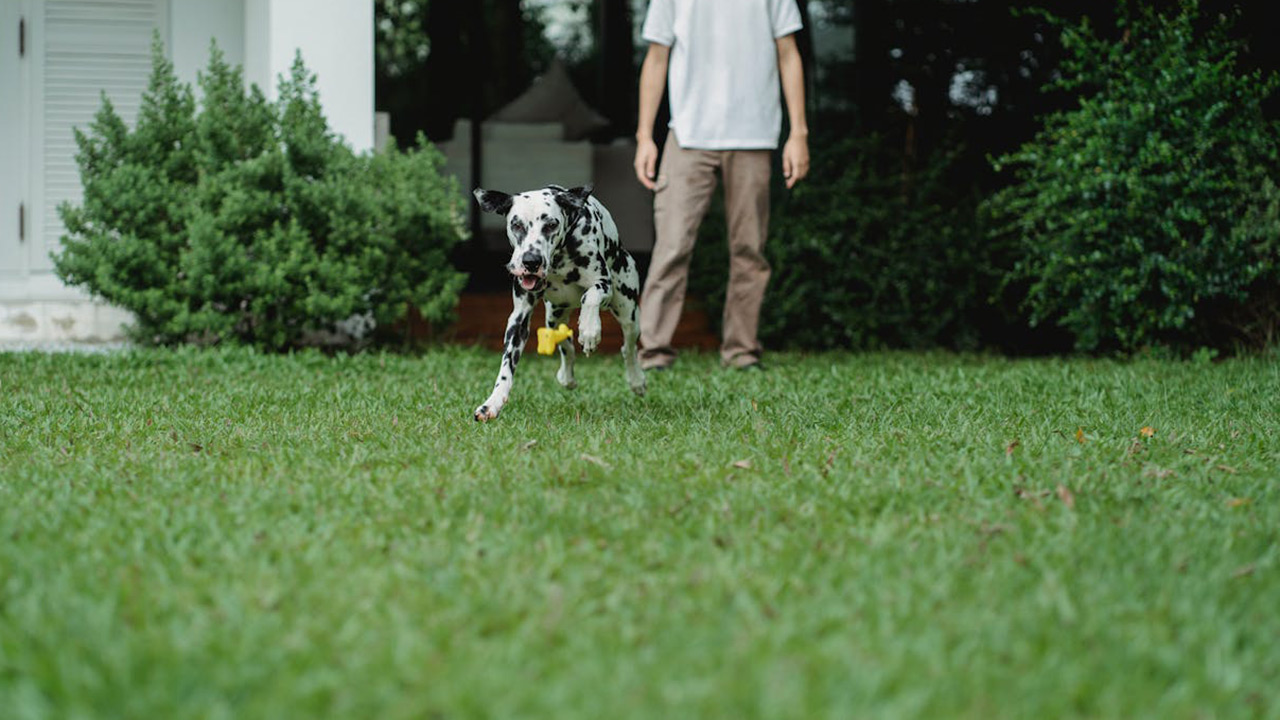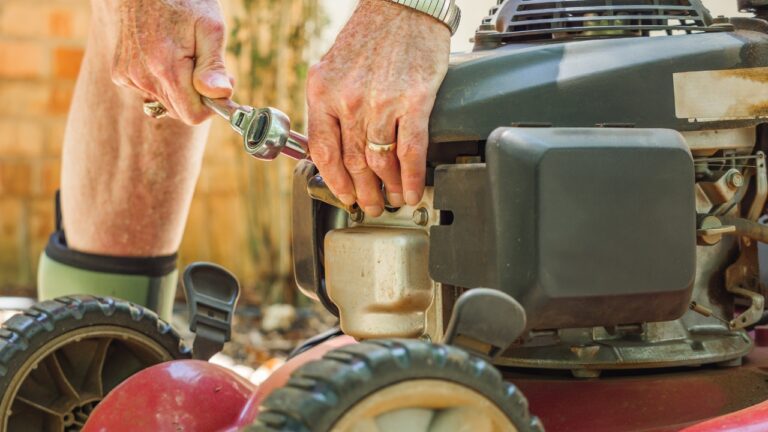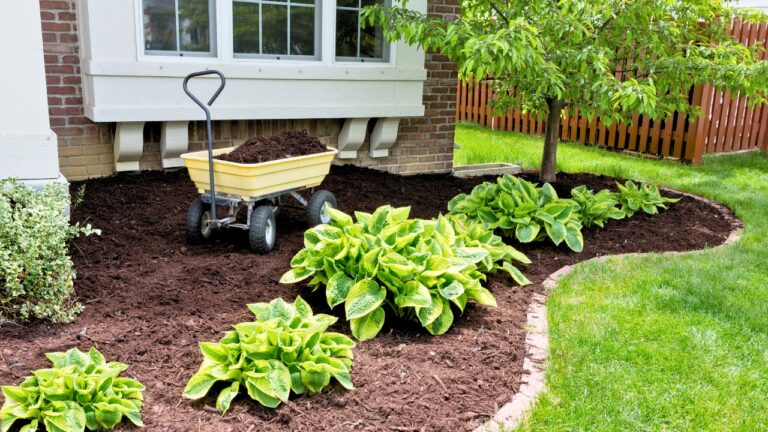10 Ways to Keep Your Dog Out of the Garden Without a Fence
Dogs and gardens don’t always mix, especially when there’s no fence in the way. Whether your pup’s digging up seedlings, lounging in lettuce, or turning garden beds into a racetrack, you’re not alone. The good news? You’ve got options.
With a little consistency and creativity, you can train your dog to stay out of the garden without building a fence or spending a fortune.
Use Raised Beds

Raised beds make it physically harder for your dog to trample through your garden. They also give your plants a little protection from digging and peeing. A few inches of height can be enough to signal that this space is off-limits.
Look for sturdy sides that won’t collapse if your dog leans on them. You can also line the outer edge with rocks or mulch to make it less inviting to walk across.
Make a Border of Unpleasant Textures

Dogs don’t like walking on certain textures. Pinecones, lava rocks, chicken wire, or even upside-down carpet runners with nubs can create a border your dog won’t want to cross.
You don’t have to make it look ugly—just functional. Lay these materials around the perimeter of your garden beds and refresh as needed. The idea is to make the area feel uncomfortable underfoot without hurting your dog.
Train a “Leave It” Command

Basic obedience goes a long way. If your dog knows “leave it” and you’re consistent in using it when they head toward the garden, you can reinforce boundaries without physical barriers.
Work on this during walks or with treats before using it in the yard. Keep sessions short and reward good choices. It takes time, but it’s one of the most effective long-term tools you’ve got.
Use Smells They Hate

Certain scents will keep dogs away without harming them or your plants. Citrus peels, vinegar-soaked rags, or commercial pet repellents can be spread along the garden’s edge.
You may need to reapply after rain or watering. Test on a small area first to make sure it doesn’t affect your plants. These scent barriers work best in combination with training and physical cues.
Provide a Designated Digging Spot

If your dog loves to dig, give them a place where that’s allowed. Fill a sandbox or corner of the yard with loose soil and bury toys or treats to make it more appealing than your garden.
Praise your dog for digging in the right spot. If they head toward the garden, redirect them to their designated zone. Dogs often dig out of boredom, so keep this area interesting.
Block Access With Garden Netting

While it’s not a full fence, lightweight garden netting or bird netting can serve as a visual and physical deterrent. Drape it across the garden area or set it up on low stakes around the perimeter.
It’s not meant to be permanent or dog-proof, but it can be enough to discourage entry until they learn the boundary. Make sure it’s securely fastened so your dog doesn’t get tangled.
Supervise Outdoor Time

If your dog can’t be trusted alone around the garden, keep an eye on them while they’re outside. Supervised time lets you correct unwanted behavior in real time and reinforces your expectations.
This doesn’t mean hovering every second, but it does mean staying close enough to redirect them when needed. Over time, most dogs lose interest once they understand the area’s off-limits.
Use Motion-Activated Sprinklers

A surprise burst of water can stop a dog in their tracks. Motion-activated sprinklers are safe, easy to set up, and very effective when it comes to keeping dogs (and deer) out of the garden.
Aim them at common entry points or known problem areas. Your dog will quickly learn that stepping into the garden results in an unexpected spray—and they’ll start avoiding it.
Add Visual Barriers

Sometimes the garden is too inviting because it’s wide open. Adding a row of potted plants, trellises, or even a low decorative fence can help visually separate the space from the rest of the yard.
Dogs respond to cues, and even a minor change can create a sense of boundary. These barriers won’t stop a determined dog, but they can discourage casual wanderers.
Keep Them Busy Elsewhere

Bored dogs get into trouble. If your garden’s the most interesting thing in the yard, they’ll head straight for it. Make sure your dog has toys, shaded spots, and space to run and play away from your garden area.
Consider rotating toys or setting up a kiddie pool on hot days. When your dog has a better option, they’re less likely to mess with the one you’re trying to protect.
*This article was developed with AI-powered tools and has been carefully reviewed by our editors.







